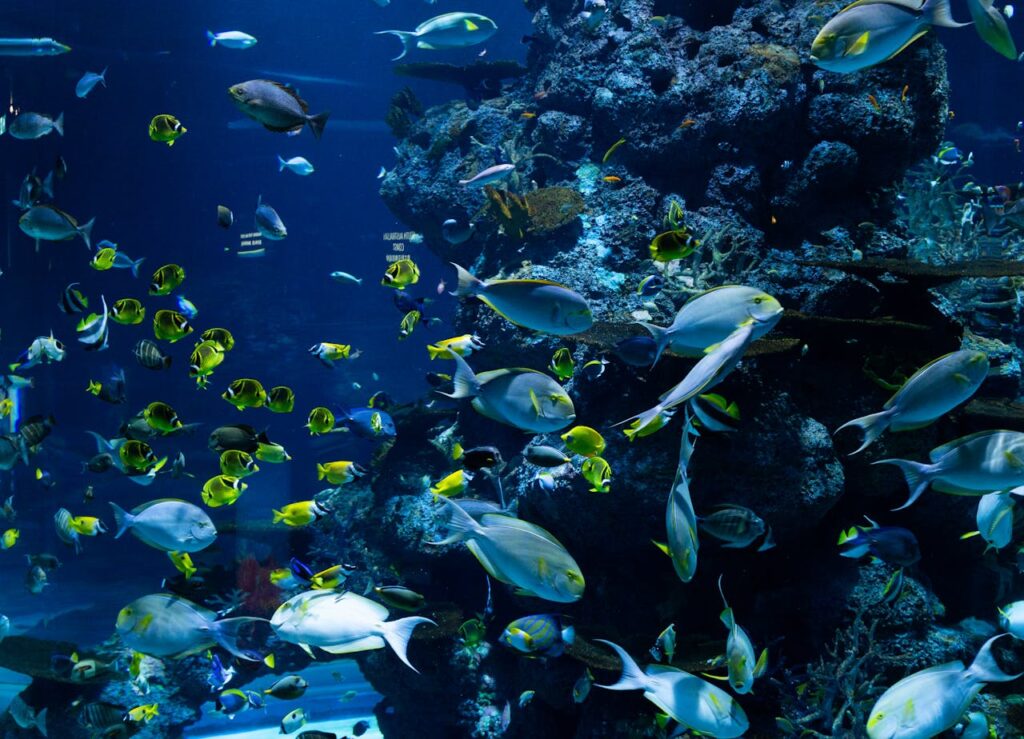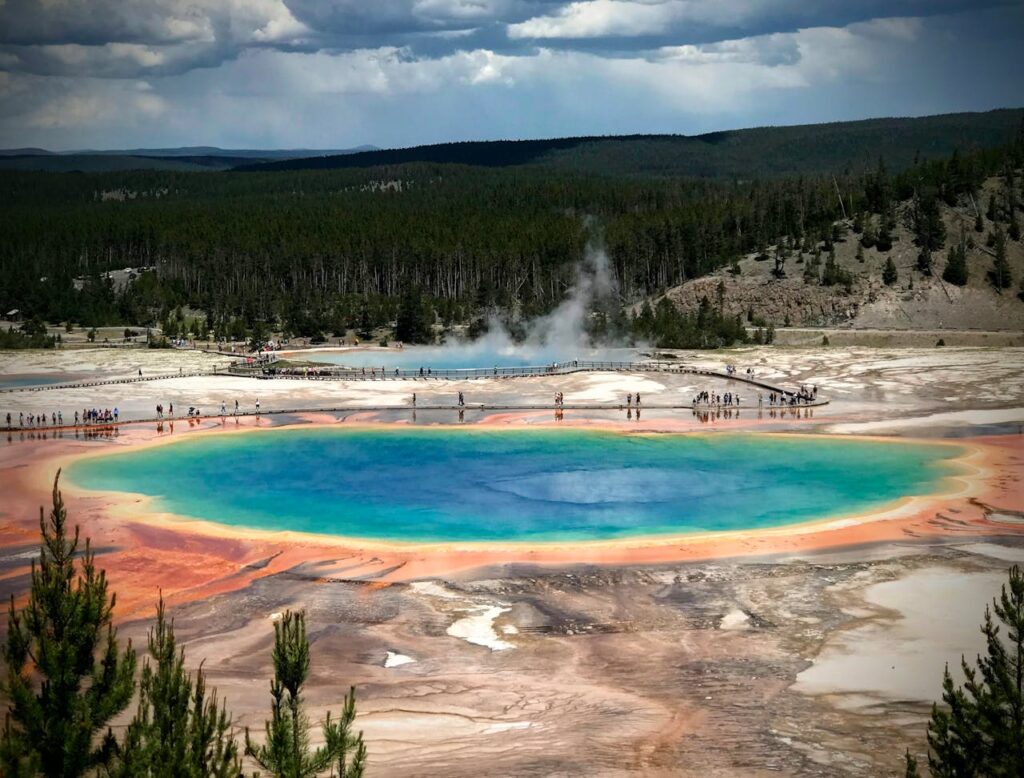The Great Barrier Reef, stretching over 1,400 miles off the coast of Queensland, Australia, is a natural wonder that captures the imagination of travelers and marine enthusiasts alike. As the world’s largest coral reef system, it offers a breathtaking underwater landscape teeming with vibrant marine life, making it a must-visit destination for anyone seeking an extraordinary aquatic adventure.
The Reef’s Remarkable Diversity
Comprising over 2,900 individual reefs and 900 islands, the Great Barrier Reef presents an unparalleled opportunity to witness diverse marine ecosystems. This UNESCO World Heritage site is home to an astonishing array of species, including colorful corals, tropical fish, sea turtles, and majestic manta rays. The reef’s coral formations create a mosaic of colors and shapes, providing a vivid backdrop for exploring underwater life.
Best Ways to Explore the Reef
One of the most popular ways to experience the Great Barrier Reef is through snorkeling and scuba diving. These activities allow visitors to immerse themselves in the reef’s vibrant environment, offering up-close encounters with its residents. Sites like the Ribbon Reefs and the Osprey Reef are renowned for their crystal-clear waters and rich marine biodiversity. Whether you’re a seasoned diver or a novice snorkeler, the reef offers something for everyone.
For those who prefer to stay above water, a scenic flight over the reef provides a stunning aerial perspective. These flights offer panoramic views of the reef’s expansive size and intricate patterns, highlighting the contrast between the vibrant blues of the reef and the surrounding ocean. Alternatively, glass-bottom boat tours provide a way to enjoy the reef’s beauty without getting wet.
Conservation Efforts and Challenges
The Great Barrier Reef faces significant challenges, including the impacts of climate change, coral bleaching, and pollution. Conservation efforts are crucial to preserving this natural wonder for future generations. Organizations and researchers are working tirelessly to address these issues through reef restoration projects, pollution control, and climate change mitigation.
Visitors can support these efforts by practicing responsible tourism. This includes following guidelines to protect marine life, avoiding contact with coral reefs, and supporting eco-friendly tour operators who prioritize sustainability. By being mindful of your impact, you contribute to the preservation of the reef’s delicate ecosystem.
Best Times to Visit
The Great Barrier Reef is a year-round destination, but certain times of the year offer unique advantages. The dry season, from May to October, is ideal for clear waters and optimal snorkeling conditions. During this period, you’re more likely to encounter manta rays and whale sharks, as these creatures migrate through the reef. The wet season, from November to April, brings warmer temperatures and higher humidity, with the possibility of tropical storms, but also opportunities to see nesting turtles and vibrant coral spawning events.
Conclusion
Exploring the Great Barrier Reef is more than just a dive into a stunning underwater world; it’s an opportunity to connect with nature on a profound level. From its incredible marine diversity to the ongoing conservation efforts, the reef offers a wealth of experiences for every traveler. As you plan your visit, remember to respect the delicate balance of this natural wonder and take steps to ensure its preservation.
EXPLORE MORE ARTICLES
Exploring the Great Barrier Reef: A Dive into Australia’s Marine Wonderland
The Great Barrier Reef, stretching over 1,400 miles off the coast of Queensland, Australia, is…
Exploring the Great Wall of China: A Journey Through History
The Great Wall of China, an architectural marvel stretching over 13,000 miles, is one of…
Exploring Yellowstone National Park: America’s Natural Wonderland
Yellowstone National Park, the first national park in the world, is a breathtaking blend of…
Exploring the Eiffel Tower: The Icon of Paris
Exploring the Eiffel Tower: The Icon of Paris The Eiffel Tower, an enduring symbol of…
The Great Pyramids of Giza: Unraveling Ancient Mysteries
The Great Pyramids of Giza are among the most iconic and enduring symbols of ancient…
MORE ABOUT OCEANIA
Exploring the Great Barrier Reef: A Dive into Australia’s Marine Wonderland
The Great Barrier Reef, stretching over 1,400 miles off the coast of Queensland, Australia, is…





